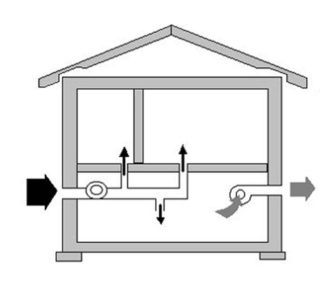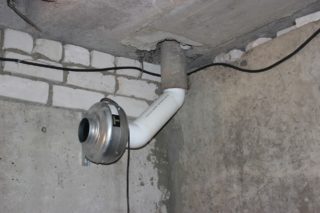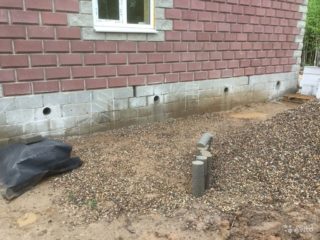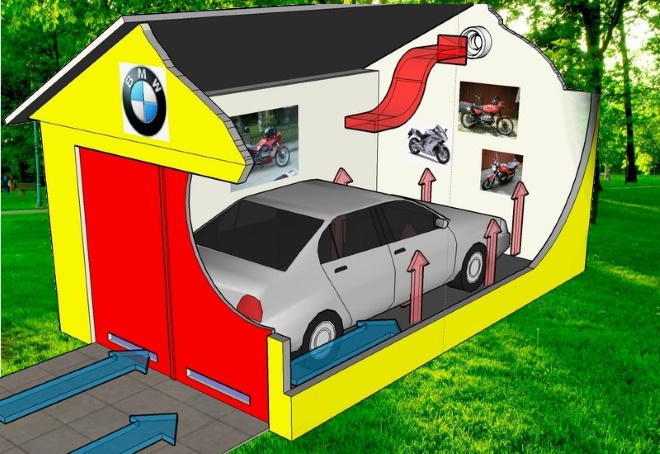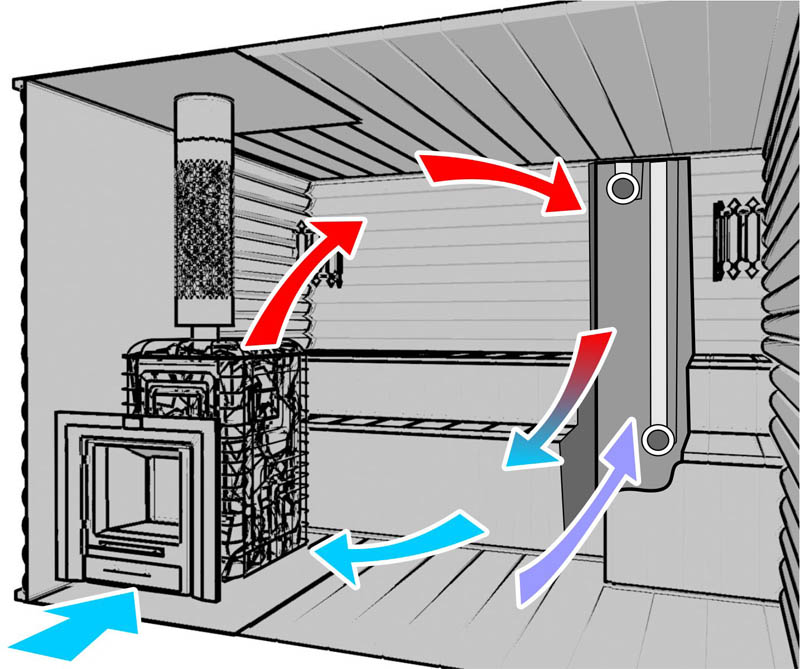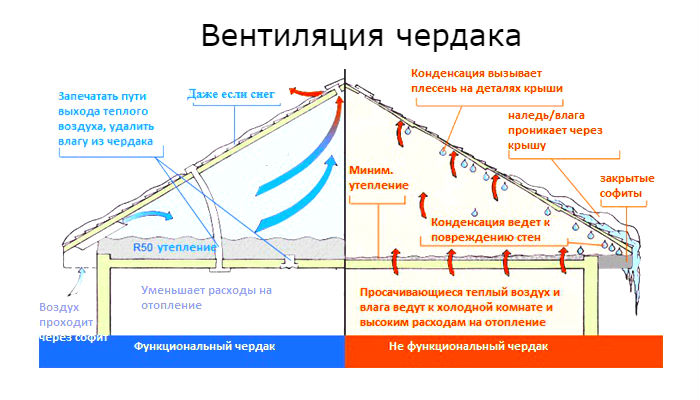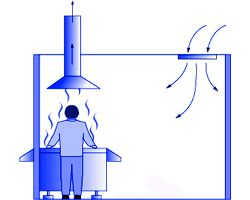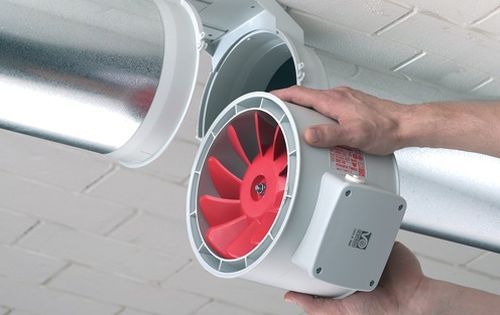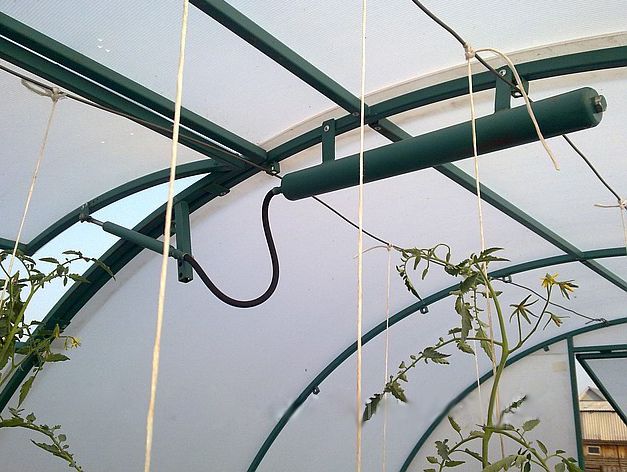When drawing up a project, the ventilation of the basement of a private house is also calculated. The purpose of the basement should be taken into account: a gym or a place for storing seams for the winter, vegetables and other products.
Regardless of the purpose of use, basement ventilation is essential. Otherwise, insufficient air circulation will lead to the formation of mold and an increase in humidity.
You can do your own basement ventilation, but the installation of complex ventilation systems will require the participation of specialists.
Ventilation device in the basement of a private house
There are two main types of ventilation systems:
- natural
- forced (exhaust or supply)
If there are partitions in the basement, ventilation holes are installed in each of them.
Forced ventilation system
Disadvantages:
- considerable expenses;
- complex installation.
Benefits:
- does not depend on the weather outside;
- allows you to regulate air exchange.
Such a basement ventilation scheme can also have a more complex design, providing for heating, cooling, filtration, humidification or drying of outdoor air, depending on climatic conditions and the season. Here you cannot do without additional components: filters, electric ovens, humidifiers and air conditioners. The choice of this type of basement ventilation requires its installation also in all other rooms of the building within the framework of a single system.
With an area of more than 50 m and the intention to store vegetables in it, a forced basement ventilation with an exhaust hood should be installed. The most affordable option in this case would be the installation of two pipes: exhaust and supply.
Elements of such a system include:
- air outlet;
- channels;
- blower unit (air conditioner or oven);
- adjustable ventilation grill (diffuser);
- nodes for the assembly of branched systems (tees);
- air intake.
Natural ventilation of the basement
Includes three structural elements:
- supply channel;
- outflow channel;
- airs.
During the installation of ventilation, it should be understood that the traction force depends on the difference between the indoor and outdoor temperatures. The air flow rate is directly proportional to the temperature difference.
Benefits of natural ventilation in the basement:
- ease of installation;
- there are no complex devices that can fail and require maintenance; low cost;
- no need for electricity;
- does not make noise.
Its disadvantage is a decrease in efficiency at the same temperature inside and outside or a slight difference.
How to properly mount ventilation
Air flow control in the basement ventilation system is carried out by slide dampers. Levers allow you to set the traction force. If vegetables will be stored in the basement, then in case of wrinkling, close the flaps, and if there are signs of decay, open them more.
Pipes with a rectangular cross-section are the most convenient. Their installation is much easier, and they require less space. They are also easier to hide under the ceiling.
Do not forget that the construction of a basement also presupposes its waterproofing. In this case, the ventilation of the basement will be more efficient. The surface of the walls is processed both from the inside and from the outside. If the room is not intended for storing food (living rooms, gym), then its insulation and heating should be foreseen in advance.
How to check draft and ventilation efficiency
The quality of ventilation in the premises depends on the quality of the draft. To check it, it is enough to bring a thin sheet of paper or a burning match to the chimney in the basement. Pulling the paper against the neck or tilting the flame indicates there is traction. Otherwise, there are problems. Don't panic right away. Often an obstacle to the normal functioning of basement ventilation is the small diameter of the pipe. As a rule, after replacing it, everything is getting better.
If mold growth is noticed in the room, this is the main signal that the basement ventilation is not working. It is necessary to open all the valves and windows for ventilation as much as possible. You can get rid of mold by marking a box or bucket of coarse salt in the basement.
To increase humidity, close the flaps and leave a container with water or wet sand. You can also sprinkle damp sawdust on the floor.
A basement without ventilation can lead not only to damage to the vegetables stored in it, but also threatens that over time, mold and mildew can make its way into living quarters. And this is fraught with negative consequences for the health of its inhabitants.

